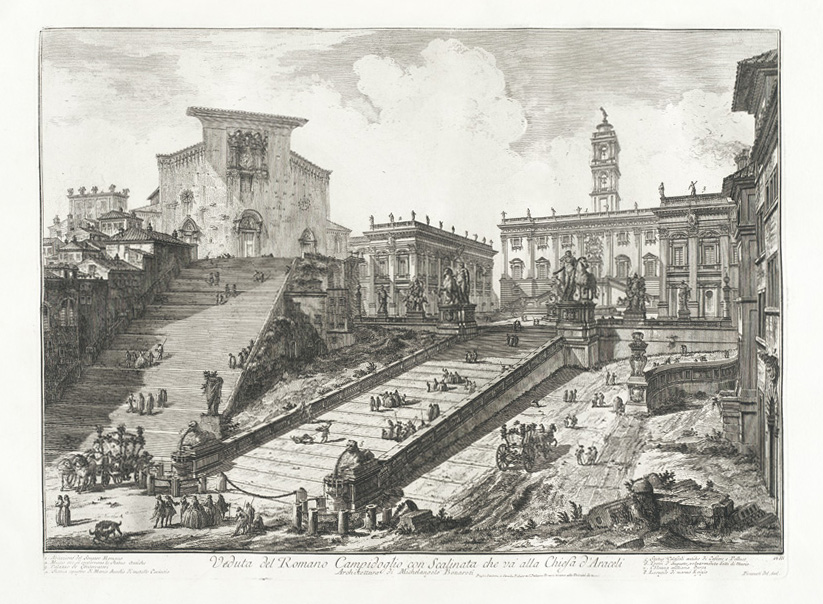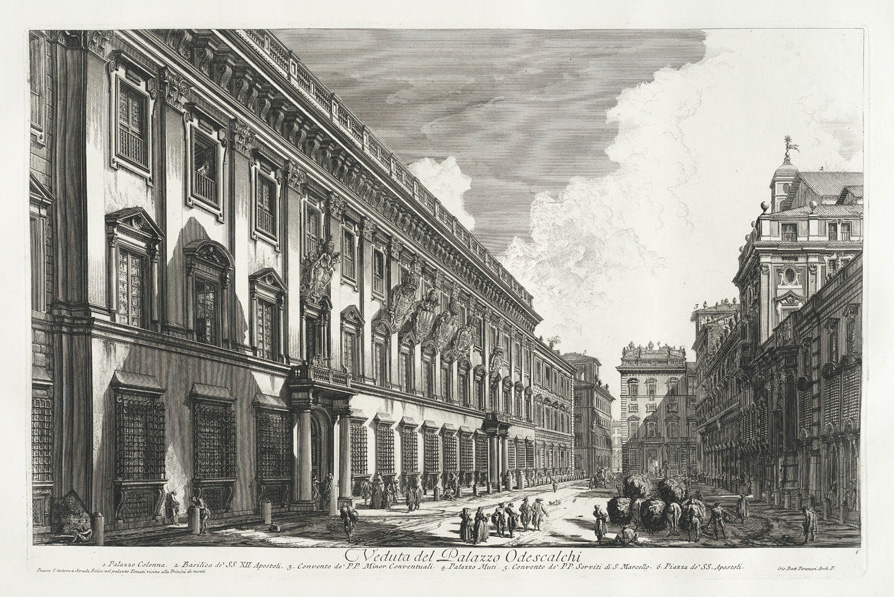Discover our exclusive collection
Over 3,000 historic giclee prints, 16 artists and 40 complete sets
Any questions?
We are more than happy to help. Just send us a message, and we will be in touch
Piranesi loved to experiment and over the course of his work, he developed a range of innovative etching techniques, providing exquisite detail in his work. And although his prints are black and white, his clever use of light and texture brings great depth to his pictures.
This can be seen clearly in his series Le Vedute di Roma – a journey through the eternal city. This is a collection of views of Roman landmarks and vistas; intended as souvenirs for tourists. The collection is noted for its dramatic compositions and strong contrasts of light and shade.

Piranesi’s work shaped the European vision of present-day Rome and many of the Grand Tourists who visited Rome after seeing his prints were said to have been disappointed that the reality of the city didn’t live up to Piranesi’s artwork.

Piranesi’s etchings are powerfull. The buildings he depicts are immense and the people he places are tiny, giving them an insignificant character.
He frequently uses great contrasts in his drawings, for example in the cloudy sky, or shadows caused by neighboring buildings.
Due to Piranesi’s training as an architect, he makes perfect use of perspective and vanishing points, creating great depth in his drawing.
In 1803, Joseph Bonaparte, Napoleon’s brother and King of Naples (from 1806-1808) and later the King of Spain (from 1808-1813), donated Piranesi’s original etchings to the Ghent library.
This Piranesi collection gives you the opportunity to own prints created directly from the original editions of this renowned artist’s masterpieces.
The collection includes 138 prints (136 by Piranesi, plus one from his son Francesco Piranesi, and a map of the city).
Over 3,000 historic giclee prints, 16 artists and 40 complete sets
We are more than happy to help. Just send us a message, and we will be in touch
Chambre of Commerce: 75 23 82 84
VAT: NL860202604B01
To subscribe to our newsletter and be updated about new and interesting additions to our collection, please enter your email address below.

© Heritage Prints 1992-2022 | All rights reserved